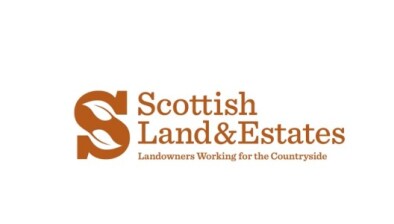Blog: Land Reform Bill – What are the implications for Scottish land and property?
The Land Reform Bill, published in the Scottish Parliament this week, is a punctuation point in landownership history, with the proposed Bill being a starting point for further reforms. It establishes a Land Commission whose remit is to deliver an ambitious land reform agenda.
However it is clear that its ultimate goal is the redistribution of land and property across Scotland, with the aim of achieving a ‘fairer society’. Tuesday’s bill is only the start of that journey.
The provisions within the bill that seek to establish an absolute right to buy for sustainable development for community bodies are a material change to property owning rights that have existed in the UK for many generations. Whilst the news headlines focused on the impact on rural land, the reality is that these provisions apply to all types of Scottish land and property, both urban and rural, applying equally to brownfield land in inner cities and remote heather hillsides.
The Scottish land and property sector has a fundamental role to play in the future health of the economy. In the majority of cases landowners ensure their land and property works hard for the benefit of their communities, however even the most responsible will be rightly concerned.
The wording of the bill has been vague on definition in some areas; for example what constitutes ‘sustainable development’ is unclear. This would appear to be a moveable feast over time, and such ambiguity is likely to be an obstacle to long term investment in the rural economy by landowners who will be unclear as to whether their plans will be deemed ‘sustainable’. It is also difficult to deliver effective legislation without clear definitions.
It is frustrating that the bill is drafted in such a way that major legislation, relating to let agricultural holdings, will not be fully examined in Parliament with major policy objectives being dealt with by subsequent regulations rather than primary legislation. This makes it very difficult to effectively comment on the bill and will mean that the consultation process will be significantly muted. The bill mentions the introduction of subsequent regulations 40 times.
Some will argue that the bill’s reintroduction of sporting rates will have a negative impact on the fragile rural economies, many of which depend on sporting enterprises. Indeed the rural sector as a whole is already economically fragile and has little capacity for an increased tax burden.
The bill has now been introduced to the Scottish Parliament and views will now be sought on the proposed legislation. The drafting of the Bill is hard to follow as it contains a series of amendments to other primary legislation. This means that it will take some time to fully consider the 104 sections.
We will be continuing to analyse the detail of the bill and offering further objective advice in due course. However, the bill can be accessed here; Explanatory Notes can be accessed here and the Policy Memorandum can be accessed here. If you have particular concerns about how the detail of the Bill may affect individual land or property holdings, please do not hesitate to get in touch (Jhenson@savills.com).









